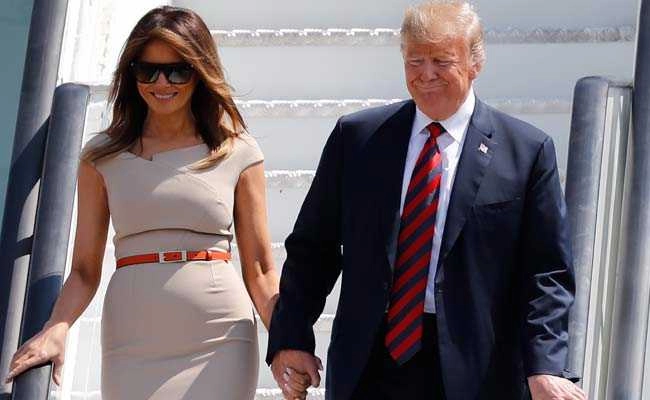Carter’s Kiss to Trump’s Step Ahead: Presidential Gaffes Toward UK Royals
Throughout history, American presidents have often found themselves in the spotlight when engaging with the British royal family. These encounters, while often filled with pomp and circumstance, have sometimes been marred by gaffes that reveal the cultural differences between the United States and the United Kingdom. One of the most notable instances occurred during President Jimmy Carter’s visit to the UK in 1977, when he famously attempted to greet Queen Elizabeth II with a kiss. This awkward moment highlighted the delicate nature of interactions with the monarchy, as the Queen is accustomed to a more formal style of greeting, typically involving a handshake or a respectful bow. Carter’s misstep served as a reminder of the importance of understanding cultural protocols, particularly when dealing with figures of such historical significance.
Fast forward to the administration of Donald Trump, and we see another example of presidential faux pas, albeit of a different nature. Trump’s visit to the UK was marked by a series of controversial statements and actions that both amused and bewildered observers. From his criticism of the London Mayor to his unwittingly humorous comments about the royal family, Trump’s approach was characterized by a more casual demeanor that contrasted sharply with traditional expectations. His interactions with the Queen, particularly during a state visit, were scrutinized for their informal nature, including walking in front of her during an official ceremony, a breach of royal protocol that led to widespread debate about respect and decorum in diplomatic engagements.
These incidents, while seemingly trivial, underscore the broader implications of presidential behavior on the international stage. They reflect not only individual personalities but also the evolving dynamics between nations. The way American presidents interact with British royalty can serve as a microcosm of the larger relationship between the two countries, illustrating how cultural misunderstandings can influence diplomatic ties. As both nations navigate contemporary global challenges, these moments remind us that even the highest offices are not immune to the pitfalls of miscommunication and the importance of upholding traditions that foster mutual respect.
In conclusion, the gaffes made by Presidents Carter and Trump during their respective encounters with the UK royals serve as poignant examples of the complexities involved in international diplomacy. While Carter’s kiss was a clumsy attempt at warmth, Trump’s casualness highlighted a different kind of disconnect. Both instances reveal the critical need for cultural awareness and sensitivity when engaging with longstanding institutions like the monarchy. As future leaders engage with royal figures, it will be vital to learn from these past blunders to ensure that such interactions are not only respectful but also serve to strengthen the enduring bond between the United States and the United Kingdom.




